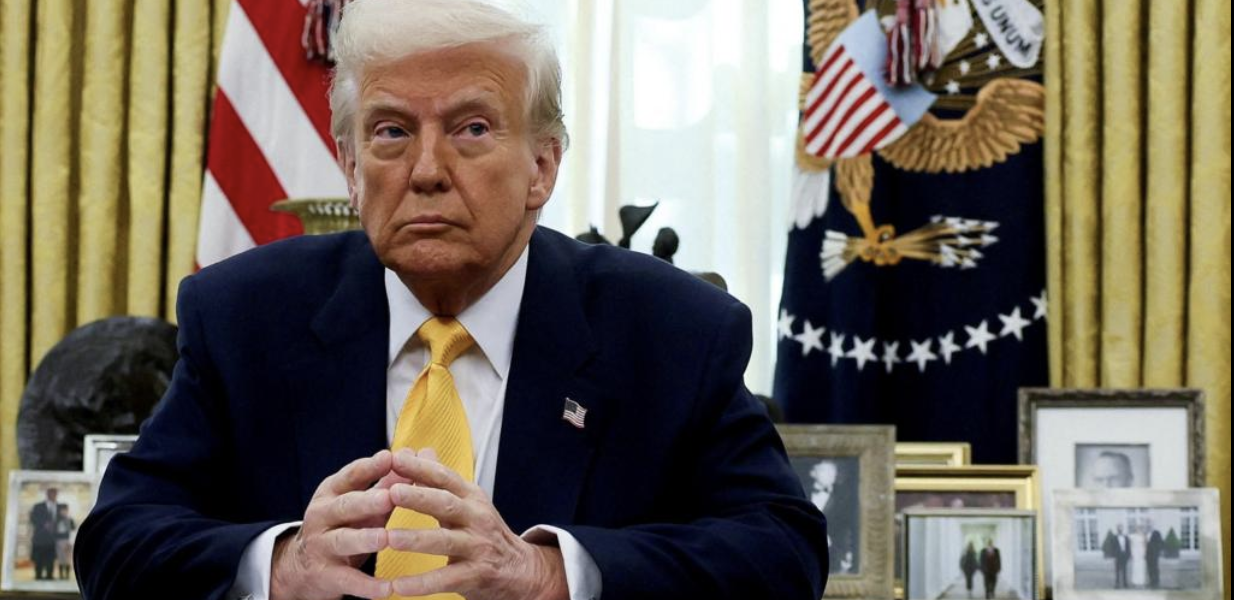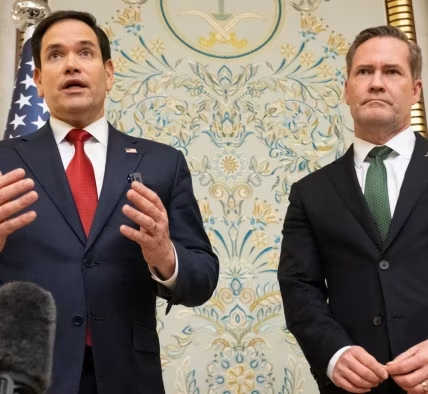Donald Trump Live Reporting
President Donald Trump has undertaken a step that escalates trade tensions between the U.S. and Canada by implementing a 50% tariff on the entire volume of Canadian steel and aluminium imports. According to the administration, this action is retaliation after Ontario implemented a 25% surcharge for border states to receive Ontario electricity.
Background: Why the Tariffs?
The Trump government has maintained tariffs as a key instrument to achieve economic results and exercise political authority. U.S. President Donald Trump decided to raise Canadian steel and aluminium import tariffs because Ontario Premier Doug Ford applied a 25% surcharge on power exports to the U.S. states of New York, Michigan, and Minnesota. The U.S. leader stated on Truth Social that Canadian threats were abusiveandh required new tariff implementation.
Immediate Economic Impact
Both nations maintain the most extensive trading relations globally since billions of dollars worth of products cross via their mutual borders every day. The new tariff implementation will create various economic impacts throughout the systems:
- The U.S. industries that depend on Canadian steel and aluminium face a probable increase in production expenses.
- Canadian Prime Minister Justin Trudeau implied that Canada would take matching action as a response to U.S. protectionist measures.
- Public markets reacted negatively to the announcement through reductions in the S&P 500 by 2.7% and the Nasdaq losing 4% of its value. The stock of automobile manufacturer Tesla dropped by 15.4% following this news.
Geopolitical and Trade Relations Consequences
The decision continues to worsen relations between the United States and Canada because Ottawa calls it “unjustified economic aggression.” The trade levies might affect broader trade negotiations about the USMCA (United States-Mexico-Canada Agreement). Trump’s national security reasons for his tariffs are under scrutiny because they might violate WTO trade regulations. The dispute could get more complicated due to Canada planning possible legal challenges to the decision at international trade courts.
Potential Long-Term Effects
- U.S. manufacturers will be compelled to locate substitute suppliers due to the trade tariffs, raising the dependency on steel and aluminium imports from China and Mexico.
- An escalation of prices for consumers occurs as manufacturers must bear additional expense burdens by raising prices for automobiles along with home appliances and construction materials.
- The proposed move presents political concerns for the 2025 U.S. presidential election because it risks damaging business operations and consumer prices.
Trump’s latest increase in steel and aluminium tariffs serves as yet another vital point in the continuous trade dispute with Canada. The retaliatory economic policy faces the risk of extensive consequences for both countries through business sectors, international commercial partnerships, and political alterations. The world observes Canada’s reaction as the nation determines how this new trade tariff will shape future intercommercial relations.





